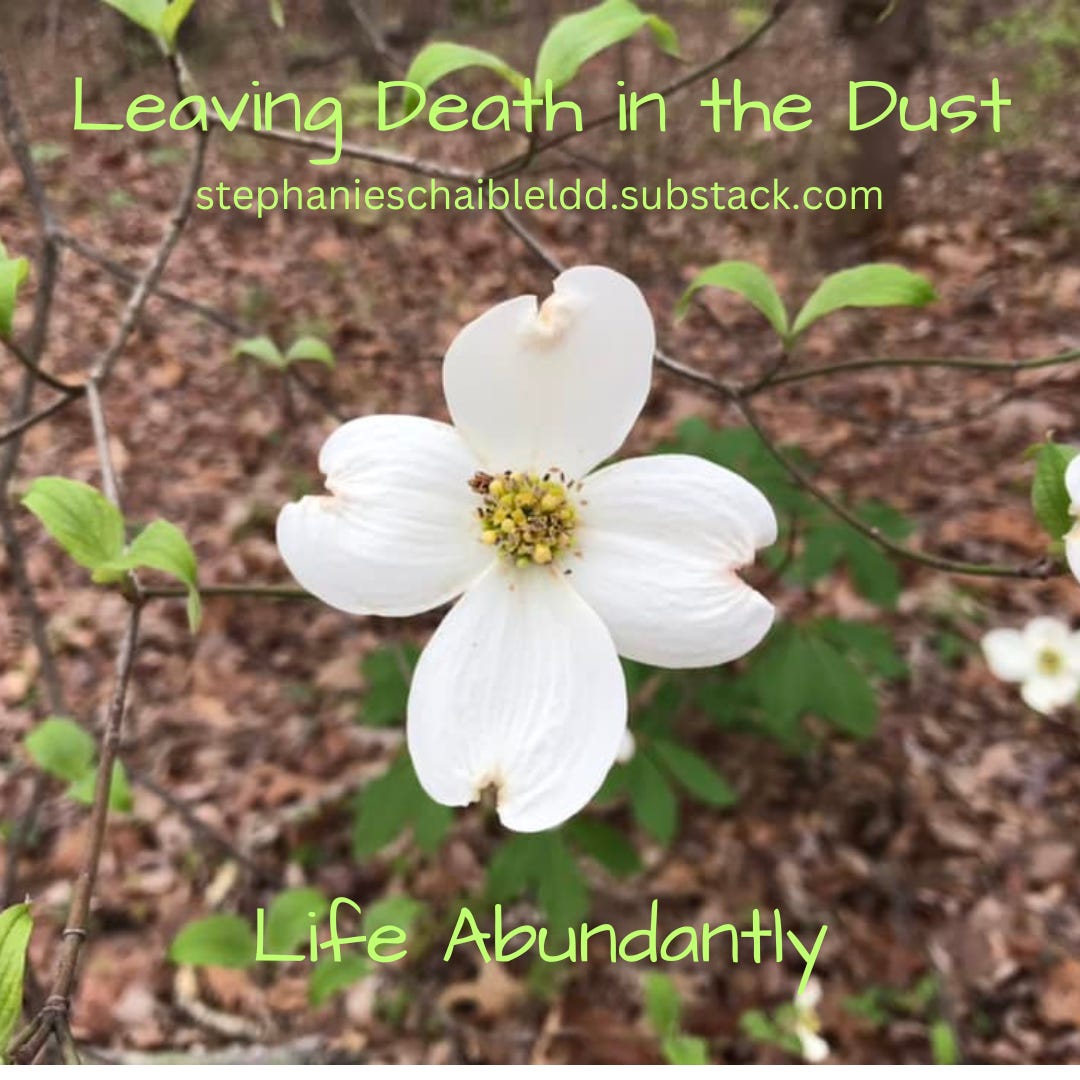Taurine
GI cancer and mitochondrial health have been big topics around here. You may recall us talking about how taurine works synergistically with Co-q-10 and other necessary nutrients to keep our mitochondria healthy and producing energy. You may have also heard that GI cancer is on the rise in young people. I’ve heard that GI and cervical cancers have been going up significantly since the 1950’s, and I have a hypothesis that does not involve you having to give up more red meat, white meat, or an occasional hot dog at a baseball game, unless you want to.
First of all, taurine is an amino acid which is one of the building blocks of protein. The foods that are highest in taurine include: Beef, Chicken, Turkey, Pork Loin, Salami, Tuna, Shellfish, and Milk.
Of particular note, taurine, carnosine, anserine, and creatine are absent from plants, and hydroxyproline is negligible in many plant-source foods. Consumption of 30 g dry beef can fully meet daily physiological needs of the healthy 70-kg adult human for taurine and carnosine, and can also provide large amounts of creatine, anserine and 4-hydroxyproline to improve human nutrition and health, including metabolic, retinal, immunological, muscular, cartilage, neurological, and cardiovascular health.
Take meat away, take taurine (and other protein building blocks) away, take your mitochondrial health away.
Taurine supplements are available, but I’m betting they are derived from meat and are subject to suppliers being able to always get them to you. Meat will also alleviate your hunger pains in ways that a pill can’t. Do you know who your local community sustainable meat growers are? More about that will be provided to our PAID subscribers.
Reminder- You probably have more control over disease than you may have ever thought you did.
Emerging evidence indicates that impaired cellular energy metabolism is the defining characteristic of nearly all cancers regardless of cellular or tissue origin.
GI Cancers
What would Paul and Isaiah say if they were alive today?
I recently heard a guy (on the social tubes) with an MD behind his name explaining every reason under the sun, that he could think of, for why GI cancer and cervical cancer rates are going up and why so many young people are now getting GI cancers. He came up with a whole bunch of possibilities except this one-
People in America before the 1950s were probably a lot more “prudish” than today’s liberated standards and Mr. MD mentioned nothing about what might be messing with the immune systems of young people, so I’m going to go over some fun facts about HPV (the cancer virus) and you can watch this video on immunology and cancer to jump to your own conclusions about what’s happening to the immune systems and social practices of young people.
Receptive anal intercourse is associated with anal cancer.2 Human papilloma virus (HPV), presumably transmitted through anal intercourse, is also considered the main cause of anal cancer.2 The prevalence of anal intercourse in heterosexuals in the United States has increased during the last 20 years,2 and the incidence of anal cancer has similarly increased for women and men in all age groups in the United States during the same period.
Source for the following bullets- HPV and Cancer - NCI
HPV is a group of more than 200 related viruses, some of which are spread through vaginal, anal, or oral sex. Sexually transmitted HPV types fall into two groups: low risk and high risk.
HPV infection is common: Nearly all sexually active people, regardless of their sex, gender identity, or sexual orientation, are infected with HPV within months to a few years of becoming sexually active. Around half of these infections are with a high-risk HPV type.
Most HPV infections go away on their own without causing cancer: Your immune system usually controls HPV infections so they are cleared by your body, within a year or two.
High-risk HPV infections that persist can cause cancer: Sometimes HPV infections are not successfully controlled by your immune system. When a high-risk HPV infection persists for many years, it can lead to cell changes that, if untreated, may get worse over time and become precancerous and then cancerous.
HPV can cause six types of cancer: These include anal cancer, cervical cancer, oropharyngeal cancer, penile cancer, vaginal cancer, and vulvar cancer.
In addition to things carnivore, other bonus (PAID) material in this edition will include info on how to access affordable lab tests that can be used by you to help you optimize your health which doesn’t require a visit to a medical disease manager, as well as healing things to look for in your own community in regard to naturally sourced and sustainable taurine, cancer wellness coaching, and supplement alternatives.
As always-
*Leaving Death in the Dust is a newsletter and is not a replacement for professional, regulated, medical, healthcare. This is informational and educational. Some of us in this community may have worked in the healthcare system, but we are not your medical provider and whatever you find here is not the establishment of a professional medical relationship or medical advice. **That is an MT behind my name not an MD.
Best Wishes,
Steph




